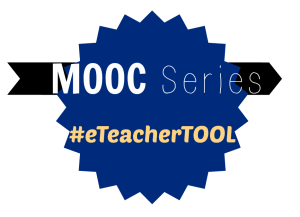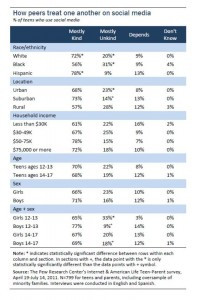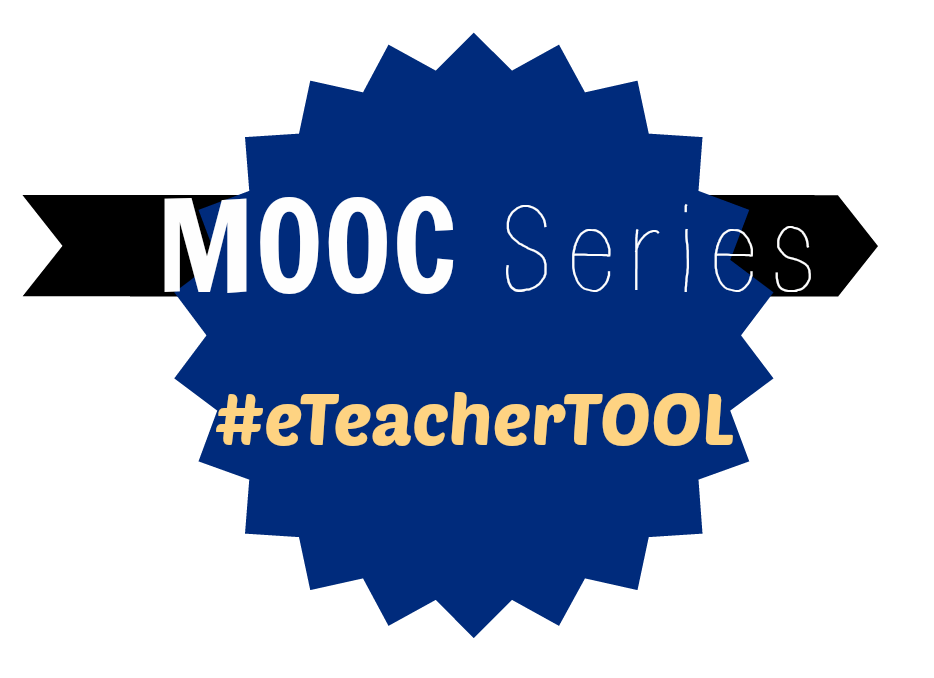This post is one in a series for a MOOC. You can find similar posts searching under the Category MOOC or searching for hashtag #eteacherTOOL for more about this particular MOOC.

The first assignment from Georgia Virtual’s Learning openteachertraining.org is to present the three most impressive character traits of an exemplary citizen within a digital learning community through our blog. With these given resources:
- The International Society for Technology in Education (ISTE) National Educational Technology Standards (NETS) for Teachers (a PDF) examines the role of digital citizenship in the online learning community and offers additional strategies for effective instruction.
- The Pew Internet & American Life Project provides information on the issues, attitudes and trends related to technology and explores the impact of the internet on families, communities, work and home, daily life, education, healthcare, and civic and political life. A search for the term digital citizenship at the site provides insight about how teens and others regard behaviors and attitudes in online communities.
- A recent article from the International Journal of Communication explores the role of access in Digital Citizenship. Read Measuring Digital Citizenship: Mobile Access and Broadband and Broadband Adoption (a full text article in pdf format) and look for mention of the attributes of members of online communities.
- The Knight Foundation supports transformational ideas that promote quality journalism, advance media innovation, engage communities and foster the arts. This organization believes that democracy thrives when people and communities are informed and engaged. This site’sDigital Citizenship section is worth investigating.
- Common Sense Media is a nonprofit organization known for its comprehensive reviews of youth-oriented media shares curriculum focused on digital citizenship. Three portions of this site are particularly cogent to this quest:The Microsoft Safety and Security Center has a number of resources about Digital Citizenship and what it means to people of various ages.
I chose to focus on ISTE, the Pew Internet & American Life Project, and the Knight Foundation. I started with the Knight Foundation because I knew the least about them. The first video I watched talked about the misconception of “engagement” as top down and not peer to peer. Some people imagine engagement to be bottom up as well as top down. And the idea of *meaningful* choices for students could mean projects over paper/theoretical exercises. That directly translates to education. Often engagement is fondly imagined as teacher lecturing while all students sitting quietly listening. When more specific, personalized, and truly engaging activities might be going on between varying numbers of students, non-regulated, but encouraged, by the teacher. According to the Knight Foundation, a technology contribution toward digital citizenship is “shifting time.” Creating the possibility of an asynchronous learning environment, inviting outside adult supporters, and thereby allowing self-editing of the learning pace and process education could truly be changed.
Clay Shirky notes in Here Comes Everybody that tools don’t get interesting until they become technologically boring. The most powerful tools are the ones that are so pervasive that they are nearly invisible.
 The Pew Internet & American Life Project‘s report Teens, Kindness and Cruelty on Social Network Sites was an interesting read. My take-a ways for consideration in structuring any peer-to-peer interactions came from Part 2: Social Media and Digital Citizenship: What teens experience and how they behave on social network sites:
The Pew Internet & American Life Project‘s report Teens, Kindness and Cruelty on Social Network Sites was an interesting read. My take-a ways for consideration in structuring any peer-to-peer interactions came from Part 2: Social Media and Digital Citizenship: What teens experience and how they behave on social network sites:
Girls ages 12-13 have the most negative assessment of social network spaces.
Black teens are less likely to say their experience is that people their age are kind to one another on social network sites.
Teens tend towards negative words when describing how people act online.
I found this graph very interesting. Teens generally have a more negative perception of interactions online than adults. I wonder if that could just be said for social interactions in general? ISTE provides educators with these straightforward standards for Digital Citizenship:
4. Promote and Model Digital Citizenshipand ResponsibilityTeachers understand local and global societalissues and responsibilities in an evolving digitalculture and exhibit legal and ethical behavior intheir professional practices.a. Advocate, model, and teach safe, legal, and ethicaluse of digital information and technology, includingrespect for copyright, intellectual property, and theappropriate documentation of sourcesb. Address the diverse needs of all learners by usinglearner-centered strategies providing equitable accessto appropriate digital tools and resourcesc. Promote and model digital etiquette and responsiblesocial interactions related to the use of technologyand informationd. Develop and model cultural understanding andglobal awareness by engaging with colleaguesand students of other cultures using digital agecommunication and collaboration tools
- Rely on and model etiquette, but be ready to (fairly) call out foul behavior.
- Engage with peers in the learning community in meaningful ways.
- Model the fair use of others property by proper attribution.






Leave a Reply